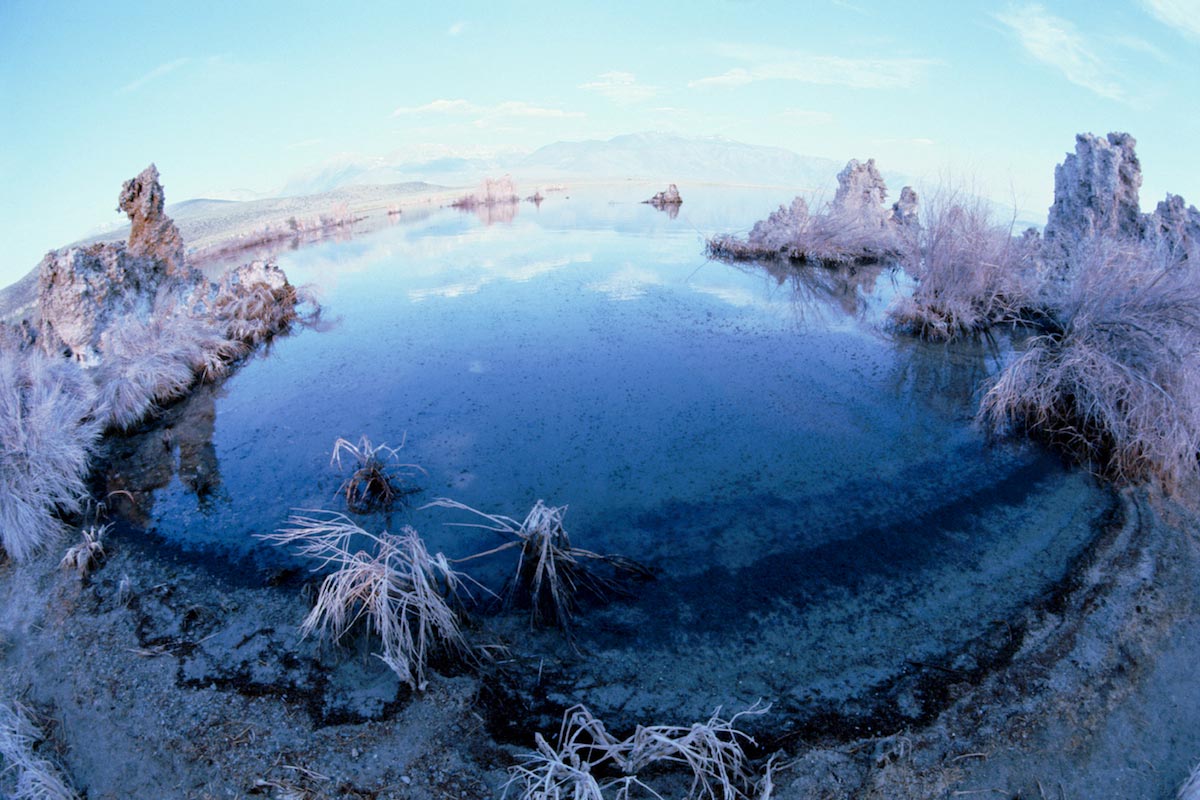Only 3% of Earth's land is ecologically intact, study finds
By divinaramirez // 2021-07-26
Tweet
Share
Copy

Just three percent of the world's land remains ecologically intact, according to a study published April 15 in the journal Frontiers in Forests and Global Change.
And of those few intact ecosystems, only around 11 percent fall within existing protected areas. However, many of those pristine habitats exist in northern latitudes, which are not bursting with biodiversity. There are are some that are though, including several chunks of species-rich rainforests of the Amazon, the Congo and Indonesia that are still fully intact.
These findings were alarming because the researchers expected some eight to 10 percent of land remained ecologically intact. The study shows how humans have affected the environment, said lead author Andrew Plumptre of the Key Biodiversity Areas (KBA) Secretariat in Cambridge, England.
Very few lands remain ecologically intact
Conservation scientists have long tried to determine how much of the Earth remains pristine. Earlier estimates using satellite images or demographic data showed that around 20–40 percent of the Earth remained free from obvious human incursions, including roads, light pollution and deforestation. But Plumptre and his colleagues argued that those estimates can be misleading because an intact forest canopy can easily hide a bare ecosystem below. Even savannahs and tundras can appear intact from above. What exactly constitutes an intact ecosystem is also still hotly debated by experts. For their study, the researchers began by looking for habitats that retained their full retinue of species at their natural abundance in the year 1500. That's the baseline that the International Union for the Conservation of Nature uses to study species extinctions. They looked at species of mammals, birds, fish, plants, reptiles and amphibians. So for their study, only parts of the world that were as ecologically intact as they were 500 years ago were considered wilderness. The researchers also used the Human Footprint (HF) map as their index of human impact. The HF maps infrastructures, population or agriculture. It also predicts human impacts up to 10 miles on either side of linear features like rivers and roads. When the researchers analyzed the maps and datasets on species loss, they found that 97 percent of the Earth's land was no longer ecologically intact. Many of the remaining intact areas were in territories managed by indigenous communities, which play a vital role in maintaining the ecological integrity of their territories. However, much of the remaining intact land lies in northern areas that aren't rich in biodiversity to begin with, such as the boreal forests in Canada or the tundra in Greenland. Some experts argued that Plumptre and his colleagues grossly underestimated those areas that have previously been considered ecologically intact. They also pointed out that the new maps do not consider the impact of environmental factors on habitats and ecosystems. But according to Plumptre, overhunting, poaching and the introduction of invasive species are largely to blame for the loss of ecologically intact lands.Reintroduction of species could help improve biodiversity
Although the study painted a gloomy picture, it may not be too late for humans to turn things around. Plumptre and his colleagues suggested that reintroducing a handful of important species to damaged areas can help restore up to 20 percent of the world's land to ecological intactness. For instance, reintroducing forest elephants to regions of the Congo Basin where they have long since disappeared may help revive the local ecosystem. These elephants physically transform the forest as they move through it and feed. For instance, they allow light to reach the ground below by knocking down dead trees. The elephants also keep the ground clear by trampling vegetation and rotting logs, speeding up decomposition. Reintroducing large mammals like giraffes and zebras to Africa's woodlands and savannahs may help revitalize terrestrial ecosystems as well. Many of these animals have disappeared from their habitats because of overhunting and poaching. (Related: Poaching rates DOWN for elephants compared to a decade ago, but they’re not out of the woods yet.) Visit Environ.news to learn more about the state of the world's terrestrial ecosystems. Sources include: EcoWatch.com FrontiersIn.org Congo.WCS.orgTweet
Share
Copy
Tagged Under:
extinction environment biodiversity research animals wildlife ecology conservation discoveries ecosystems badpollution terrestrial ecosystem
You Might Also Like
By Evangelyn Rodriguez // Share
Yellowstone Volcano will not erupt soon, according to latest USGS report
By Mary Villareal // Share
UAE to make drinking water out of thin air
By Mary Villareal // Share
COVID-19 vaccine mandates are not supported by science, says top doctor
By Arsenio Toledo // Share
Recent News
Shadow Wars: Uncovering the silent war against national sovereignty
By kevinhughes // Share
SBA suspends nearly 7,000 Minnesota borrowers over suspected pandemic loan fraud
By lauraharris // Share
Russia unleashes hypersonic missiles in retaliatory strikes across Ukraine
By zoeysky // Share
Study finds diet holds key to younger-looking skin
By avagrace // Share











